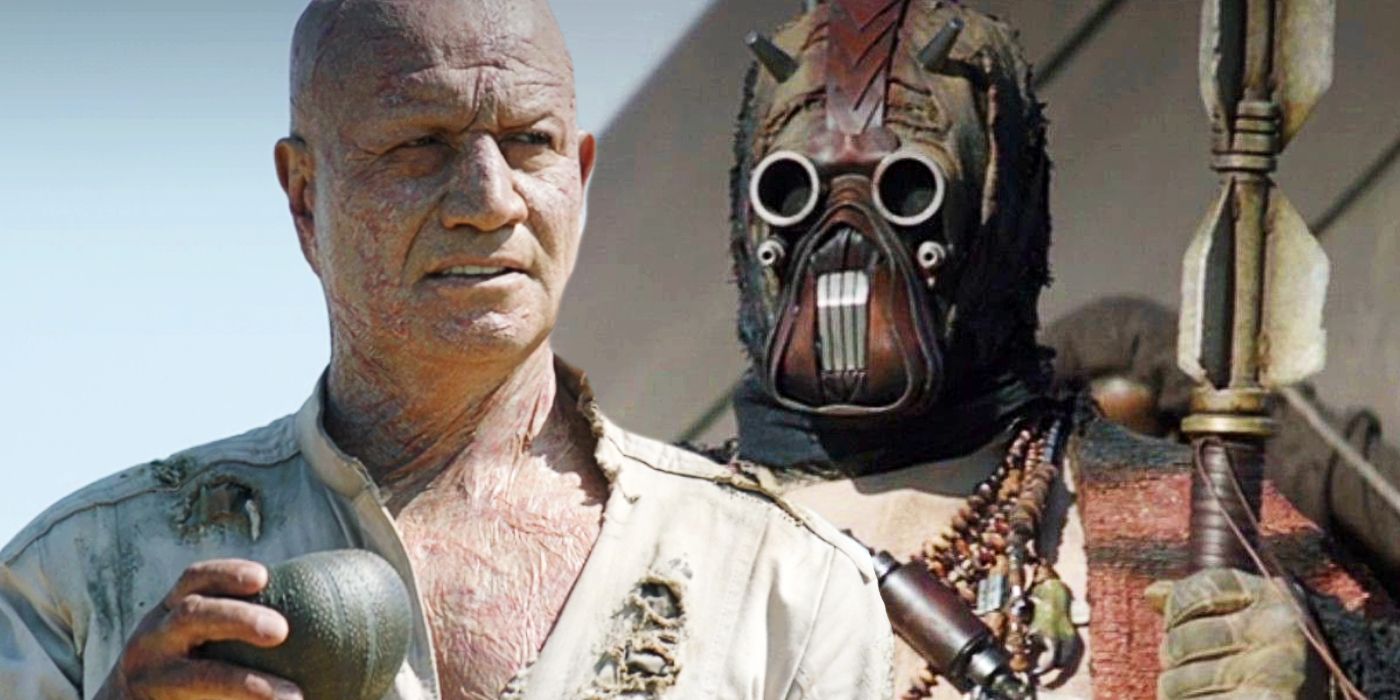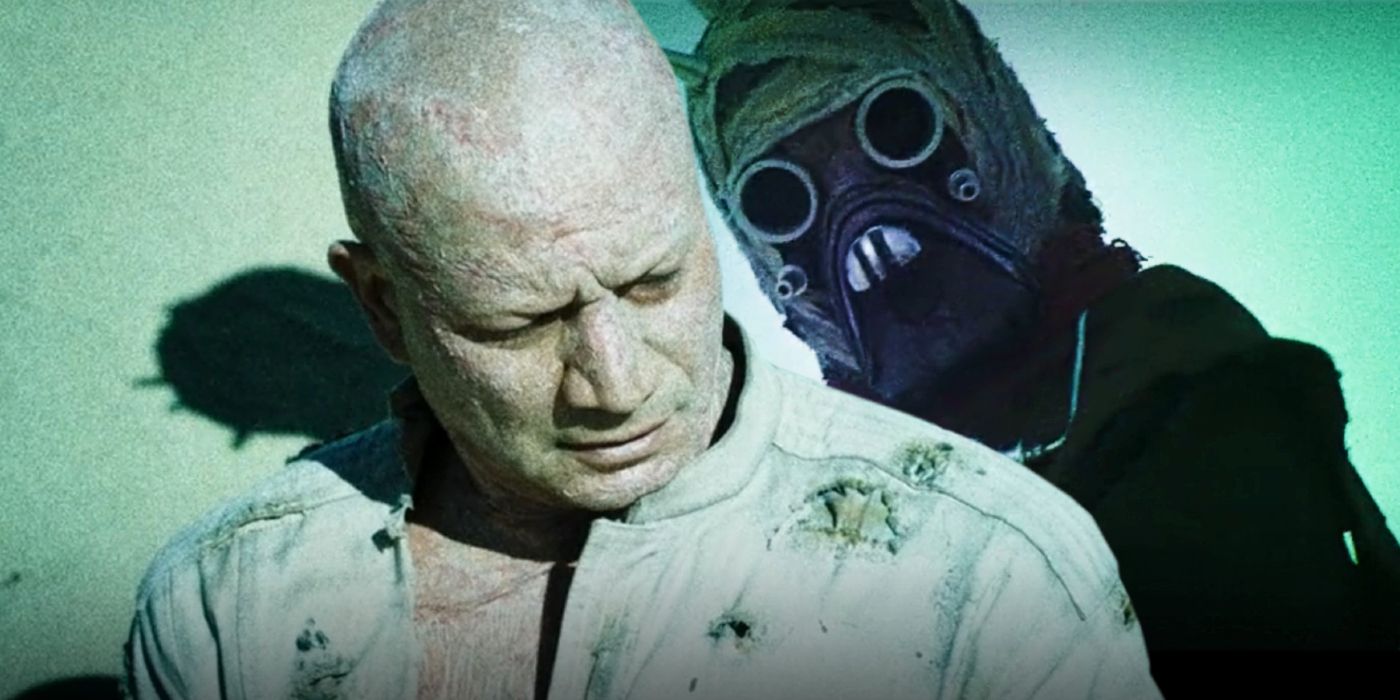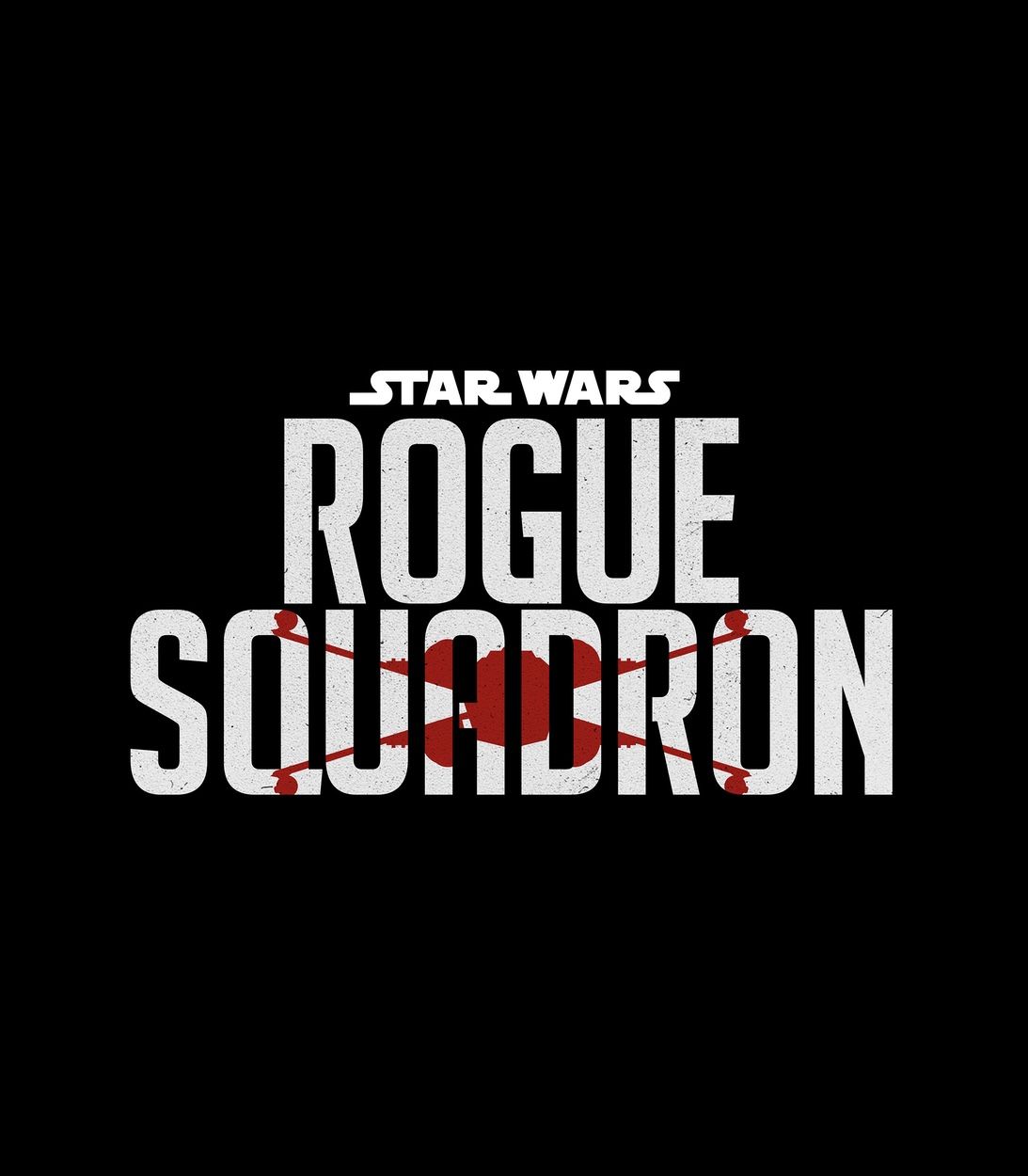Warning! SPOILERS ahead for The Book of Boba Fett episode 1.
The Book of Boba Fett's first episode flashbacks saw Boba Fett (Temuera Morrison) defeat a giant sand monster, then return to the Tusken Raider clan that had kept him as a slave - here's why. The Disney+ series' first episode alternates between two timelines: the past, right after Boba escapes the Sarlacc pit, and the present, when Boba and Fennec Shand (Ming-Na Wen) struggle to fill the power void left by Jabba the Hutt's death in Star Wars: Return of the Jedi. Through Boba's Star Wars prequel dreams in the present timeline, the series honors Boba's backstory and ties it into his character arc in The Book of Boba Fett.
The Tusken Raiders are key characters in Boba's backstory. It's thanks to them that Boba survives after escaping the Great Pit of Carkoon in a very weakened state - even though the Tusken Raiders take him as a slave, drag him across the desert tied to a Bantha, and then have their children beat him with sticks. When Boba tries to escape, his fellow Rodian prisoner sounds an alarm that gets Boba on an even tighter leash. Eventually, the Tuskens - who look different simply because they're a different clan - send one of their children with Boba and the Rodian to collect black melons, their only water source in the vast desert. They disturb a sand monster, and Boba manages to kill the beast, save the Tusken child, and free himself in the process. Instead of running away, he joins the child back to the Tusken clan. This confused some viewers, who saw this at odds with Boba's independent nature, especially since returning to the Tusken Raiders could well result in him being trapped as their slave once more.
While the original Star Wars trilogy portrayed the Tuskens as barbarians, The Mandalorian has shown - through Din Djarin's communication with them - that Tuskens actually have a complex culture. As he spent a lot of time on Tatooine, Boba likely knows that he can reason with the Tusken Raiders as long as he respects their customs and speaks their language. So by saving their child and ending a local threat (much like Din killed the Krayt Dragon), Boba knows he has a bargaining chip with the Tuskens now. Perhaps more importantly, Fett most likely also realized that running off into the Dune Sea without food, water, or weapons (and a loose band of pillagers in the area) is far more dangerous than returning to the Tusken tribe, even as a slave. When the Tusken child returns to his family holding the monster's head, Boba is given some water, which is perhaps the first step in developing a better relationship with the Tuskens, which would also serve to make The Mandalorian's Tusken twist even better.
There is another dimension to Boba's motivation in returning to the Tusken Raider clan. Power games are a central means of communication in their culture: the Tuskens let Boba know he is a slave by dragging or beating him, and when they catch him escaping, a Tusken woman fights and overpowers him before taking him back to his post. Tuskens respect power, and Boba has just killed a giant monster that has been potentially causing trouble for them for a while. This might earn Boba the respect he needs in order to be freed.
Importantly, when Din Djarin encounters Boba on Tython, Boba wields a Tusken Raider gaffi stick against the Storm Troopers who are trying to kidnap Grogu. The lethal war club made its first appearance alongside the Tusken Raiders in Star Wars: A New Hope, and heavily suggests that Boba Fett will strengthen his connection to the Tusken Raiders throughout The Book of Boba Fett. Returning to them in the series' first episode might be one of Boba's best decisions on Tatooine.
The Book of Boba Fett releases new episodes Wednesdays on Disney+.



